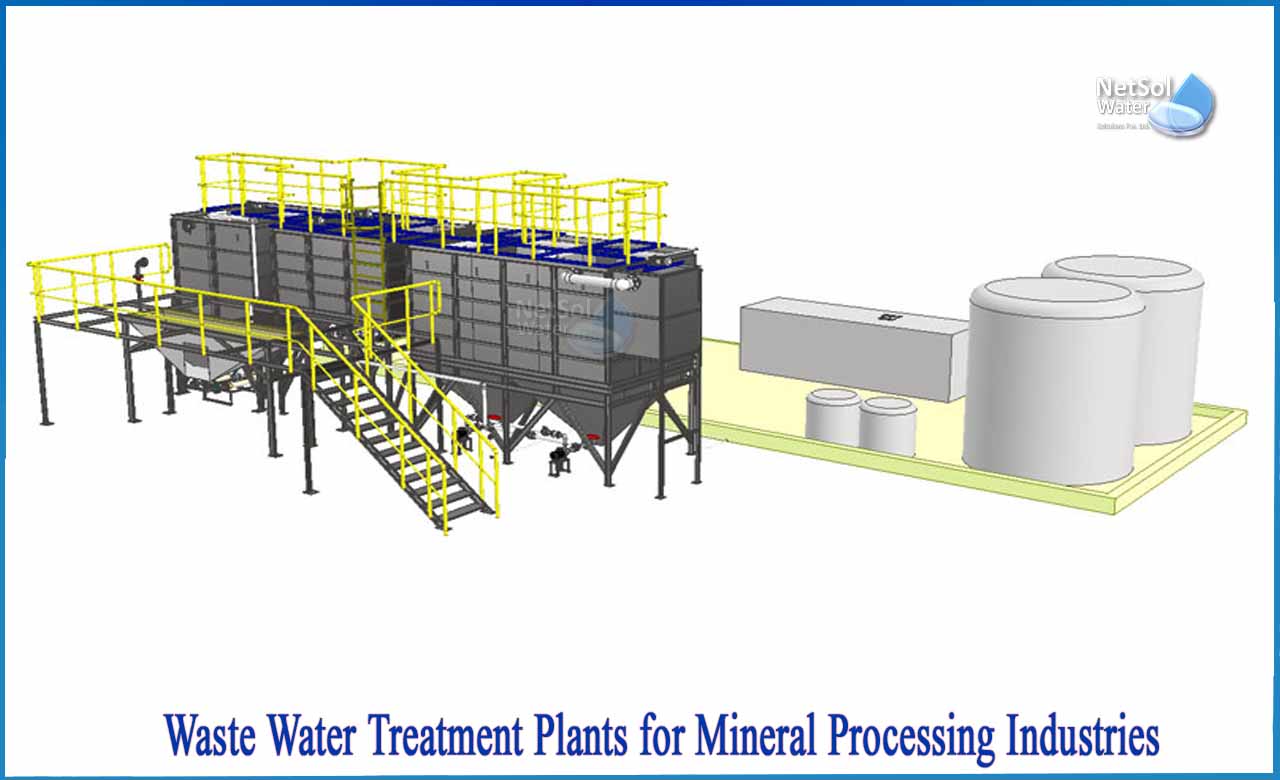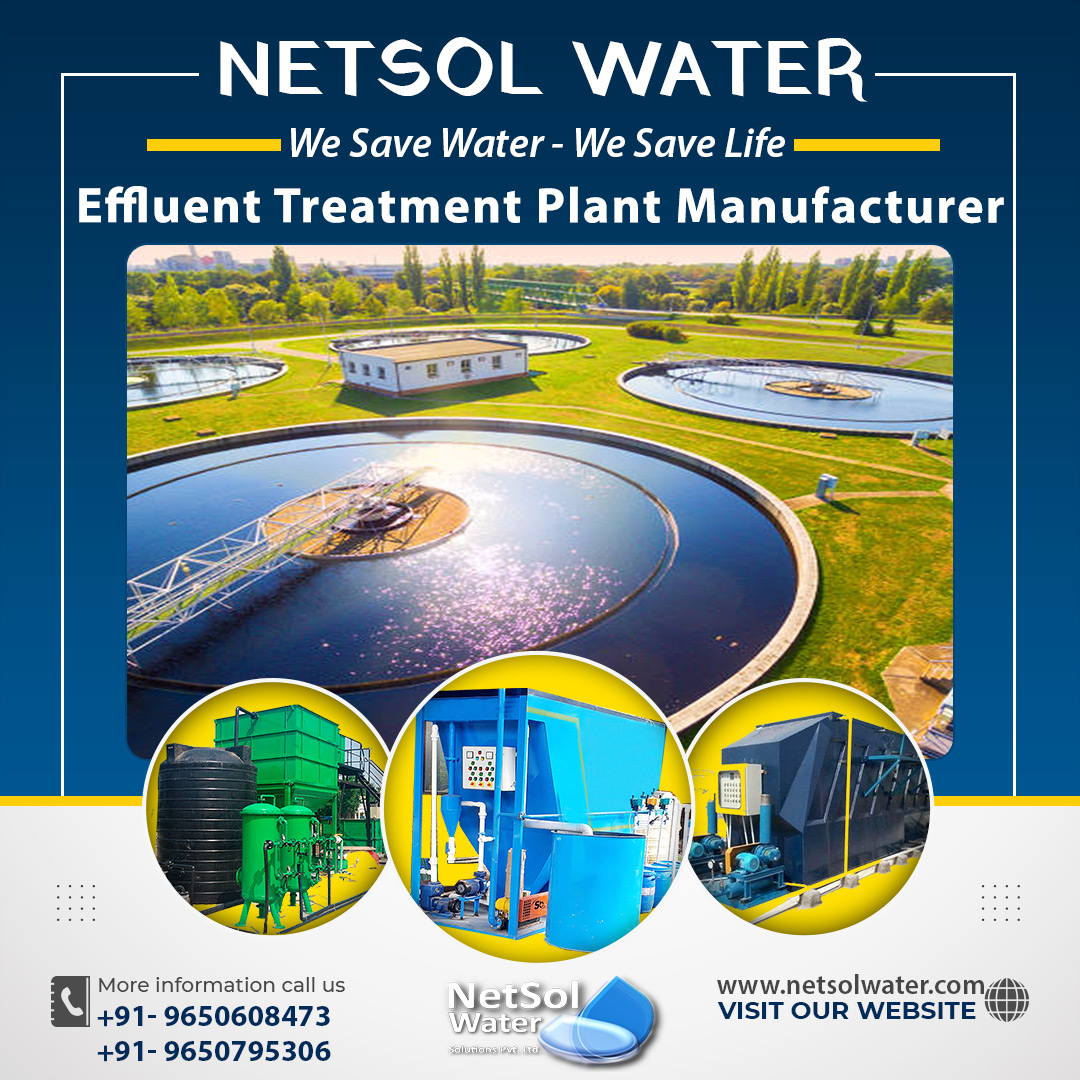What is WWTP for mineral processing industries?
The majority of industrial processes, and mining in particular, pollute the environment significantly. As a result, there is a developing concern about the quality of the living environment, and industries are expected to limit pollution discharged into the environment on a proactive basis.
Furthermore, environmental management is now considered as an integral part of an organization's overall management strategy, rather than a separate and unrelated concern as it was previously. Traditional "End-of-pipe therapy" is woefully inadequate in this regard. In reality, end-of-pipe treatment does nothing more than transfer pollutants from one form to another. The industries are especially concerned about the wastewater produced at their operations.
Sources of waste water
The major sources of wastewater from a mineral site can be broadly classified into:
• Process wastewater;
• Domestic wastewater;
• Surface run-off.
Uranium and related open-cut mines produce extremely particular radiological contaminants. It's vital to remember that the only answer for dealing with radioactive wastewater is "effective prevention of contamination at source."
Problem related with mining waste water
While important for mineral processing, the basic principles of mining wastewater treatment dealing with water that comes into contact with ore and other impurities cause rock fragments to leach into the process water. As the water gets contaminated with more metals and sulphates, the acidity of the water will grow.
Mining-influenced water (MIW) is created as a result of this process and is defined as any water that has been chemically altered by mining or mineral processing.
The following are the most serious difficulties with mining-influenced water:
• Acid mine drainage
• Remediation of chemical pollutants
• Contamination and leaching of heavy metals
• Erosion and sedimentation
Any of these issues could lead your water to fail to meet regulatory standards, requiring you to treat it or safely dispose of wastewater.
Is there any need to treat mining waste water?
There are various water-related difficulties that can jeopardise the efficacy of a mining site without proper wastewater treatment. This is due to the fact that mining wastewater and tailings are frequently acidic and heavy in suspended particles.
Problems that persist in uncontrolled mining applications include:
• Acid runoff from mine drainage and tailings piles
• Contamination of groundwater
• Waste that is extremely saline
• Toxification of the aquifer
These problems are exacerbated by the fact that many otherwise profitable mine-mills are located in locations with already depleted water supplies. Mining operations in these areas damage what little pure water is available.
The optimum course of action, both environmentally and operationally, is to avoid contaminating outside water sources and to reuse mining effluent as much as feasible. Mining wastewater may be reused for mining, agriculture, and even drinking water access to advances wastewater treatment solutions.
Conclusion
Although mining wastewater is so diverse, there are a variety of treatment options and mechanical filtration technologies. While some equipment is superior to others in the majority of circumstances, each solution has its place in the correct application.
Disinfection, Filtration, Ion Exchange, Membrane Separation, Package Plants, Biological Processes, Desalination, Clarification, Evaporation & Crystallization, Sludge Dewatering & Handling, and Zero Liquid Discharge are all available from Netsol Water Solution, the best manufacturer of all kinds of water and waste water treatments.




